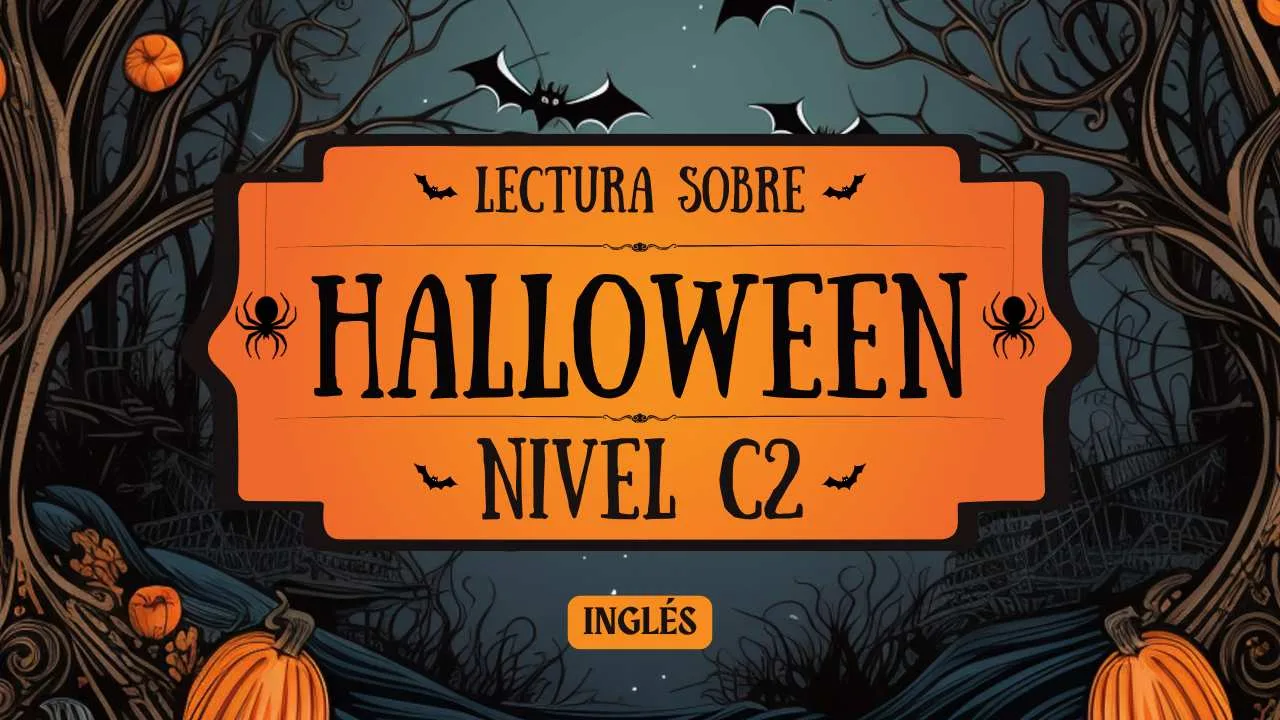Halloween: Tradition, Transformation, and Cultural Resonance
Halloween, with its ancient Celtic origins, exemplifies the remarkable adaptability of traditions as they move across time and geography. What began as Samhain, a seasonal rite marking the threshold between harvest and winter, carried profound symbolic weight: it was a liminal space where the boundaries between the living and the dead were believed to blur.
With the spread of Christianity, these practices were gradually reframed within a religious framework. The emphasis shifted toward remembrance and sanctity, most visibly in the establishment of All Saints’ and All Souls’ days. In this way, older customs were not eradicated but rather absorbed, reshaped, and endowed with new theological interpretations that secured their survival under a different guise.
In its contemporary form, Halloween is a global phenomenon. Its popularity owes much to cinema, mass media, and the expansive reach of consumer culture. Pumpkins, costumes, and elaborate decorations are now instantly recognizable symbols, resonating as much in metropolitan centers of Asia and Latin America as in their North American heartland. This global diffusion highlights the capacity of rituals not only to endure but also to reinvent themselves in accordance with shifting economic and cultural priorities.
Yet Halloween’s enduring allure cannot be explained by commerce alone. At its core, the celebration provides a safe stage for exploring the uncanny—fear, mortality, and the supernatural. Through playful masquerade and collective festivity, societies confront dark themes in a controlled and even joyous setting. In this way, Halloween performs a cathartic role: it transforms what is unsettling into spectacle, and what is taboo into communal experience.
Ultimately, Halloween is far more than a seasonal diversion. It is a vivid illustration of how traditions evolve, how symbolism retains relevance, and how collective imagination continues to shape cultural expression. Its persistence affirms not only the survival of ritual but also humanity’s enduring need to negotiate mystery, memory, and mortality through shared celebration.
🎃 Halloween Tradition 👻
Elige la versión que quieres escuchar:
Estudia Con Nosotros de Manera Online
Revista Virtual
Los Artículos Indefinidos en Idioma Alemán: Ein, Eine, Kein, Keine
🧩 Los artículos indefinidos en alemán: ein, eine, einen... En alemán, además de los artículos definidos (der, 🔊 die, 🔊 das 🔊), existen también los artículos indefinidos, que usamos cuando hablamos de algo no específico o no conocido.En español equivalen a “un, una,...
Los Días de la Semana en Francés: Pronunciación, Usos y Ejemplos
Los días de la semana en francés: guía completa para principiantes Aprender los días de la semana en francés es uno de los primeros pasos para comunicarte en situaciones cotidianas. Dominar este vocabulario básico te permitirá hablar de tus rutinas, organizar...
Los Artículos Definidos en Idioma Alemán: Der, Die, Das
🧩 Los artículos definidos en alemán: “der” , “die” y “das” Uno de los primeros retos para los estudiantes de alemán es aprender los artículos definidos, ya que en este idioma cada sustantivo tiene género gramatical (masculino, femenino o neutro), y además el artículo...
Mantente Informado de las Últimas Noticias y Actualizaciones
Inscríbete a Nuestros Cursos Online
C️oreano - ️Francés -️ Japonés
Inglés -️ Italiano - Alemán - Chino
Ruso - Portugués - Árabe - Noruego
Únete a Nuestro Newsletter
Enteráte de nuestros nuevos artículos sobre lengua y cultura.
Síguenos
En totdas nuestras redes sociales







